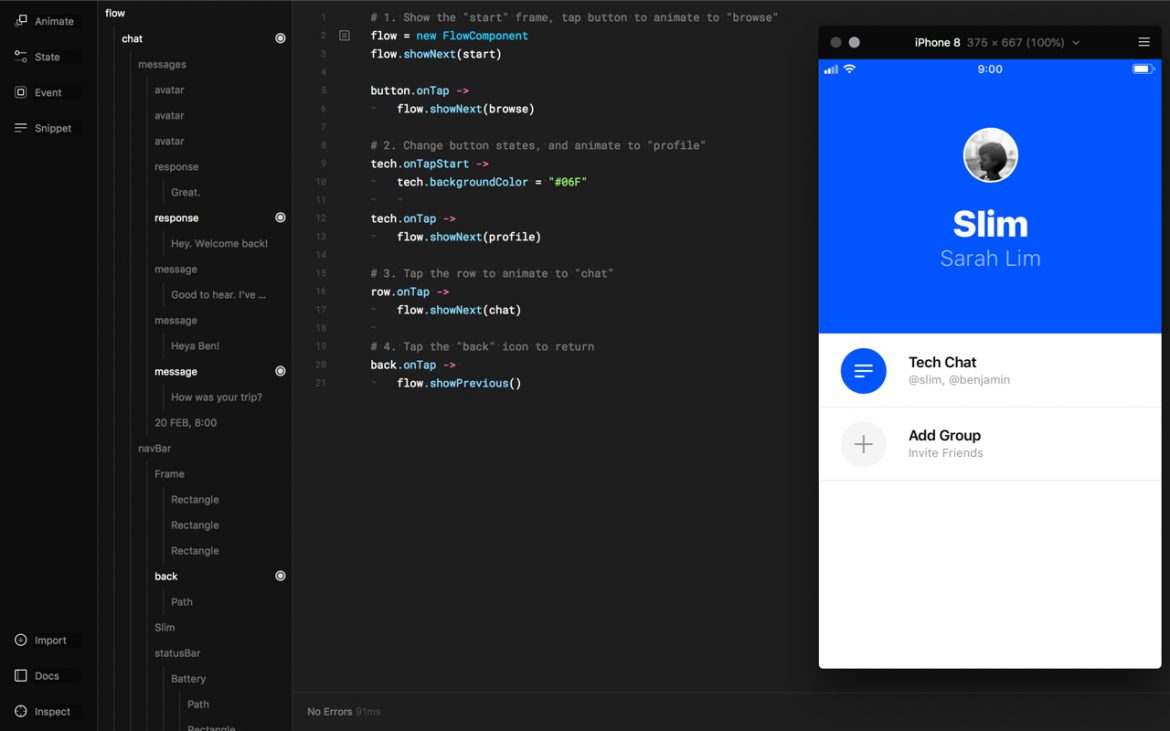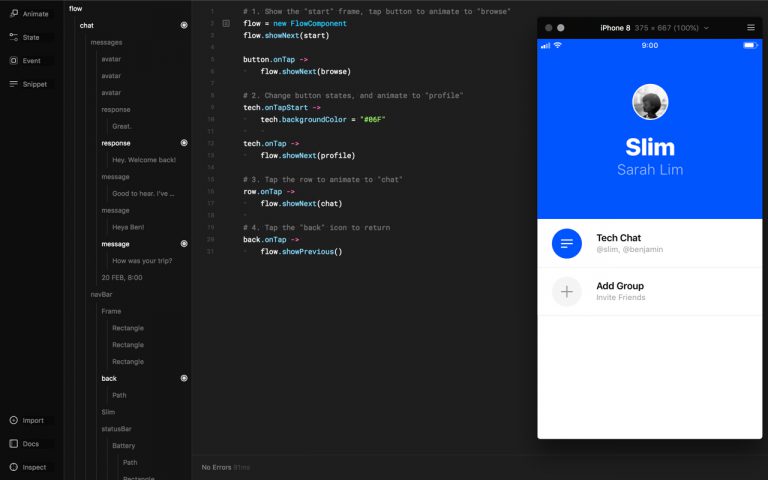
And if these stakeholders have some Figma chops themselves, they can edit the design in real-time for you - if you trust them. When shared, the link can be used to present prototypes for meetings, sent to developers for hand-off, and passed around for marketing/copywriters/creative directors to comment on.


Imagine a world in which the very same document you’re doing all your design work can be shared with a link like Google Docs with configurable privacy. And that’s where the magic for your team lies. This file is view-only since it’s intended to be a resource for the public to consume and export as they see fit, but if this were an internal document, we could configure the share link to be editable. You can see my avatar denoted as “P,” with another designer viewing the file named “A.” The author was able to design this, post a link to and I am able to view the design’s layers, hand-off specs, and export assets right there from the browser tab.

Below is a screenshot of a Microsoft acrylic materials file I found by Josh Goodwin. One of the central tenets of Figma has always been the idea of bringing Google Docs-inspired collaborative features to the design process, and so much of this is due in large part to their web-based infrastructure. With that in mind, that leads nicely into the next section.
#FLINTO CODE HANDOFF WINDOWS#
Contributors on MacOS, Windows and Linux all can design, view prototypes, receive redlines, or comment on Figma projects when using the browser app. The beauty of the browser app, however, is that it supports any operating system that has a web browser, so it doesn’t matter what kind of machine you as the designer have or your collaborators have.
#FLINTO CODE HANDOFF FOR MAC#
Fortunately, the desktop app for Mac and Windows, powered by mostly Electron, offers all of the same conveniences the browser version does. It’s no question that the efficiency is there, but it might be an adjustment moving to the browser for most designers. These documents are saved in Figma’s cloud storage and are exportable as. Upon loading Figma, you’re presented with all of your work at the project level.
#FLINTO CODE HANDOFF SOFTWARE#
If you’re designing with Figma, the need for saving your document or running updates and restarting the software is all but eliminated. As many designers move to Figma, I have spent some time examining it myself, and wondering how it could or would apply to my work with enterprise companies. Figma is the only design tool to allow view-level operations on the entire platform, which can be built around by a well-documented API. Group design, developer hand-off, and prototyping are all core features that make Figma attractive to designers with many stakeholders.

They declare themselves “the collaborative interface design tool,” and no wonder. This is due in large part to it being a primarily browser-based tool, but Figma does have a desktop app built mostly with Electron and some native code. The marquee feature sets of Figma are its collaboration and extendibility features. Companies like Uber, AirBNB, and GitHub use Figma to power internal systems and collaborate across teams. Founded in 2013 and launched in 2015, Figma has captured a non-trivial amount of product design marketshare – especially in the last year or so. As Sketch has cemented itself as the primary UI/UX daily driver, competitors have emerged which push the envelope in their own respects. In the current landscape of design, we have a wide and ever-growing swath of tools to choose from. WEB-BASED DESIGN TOOL IS "LIKE A GLIMPSE INTO THE FUTURE," WRITES PROJEKT202'S PETER VOGT


 0 kommentar(er)
0 kommentar(er)
